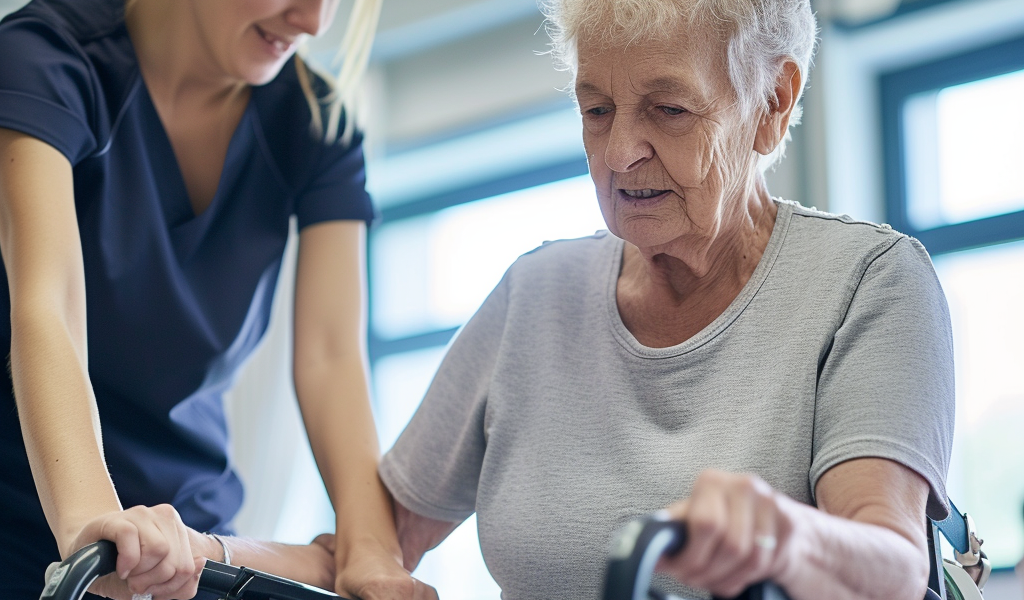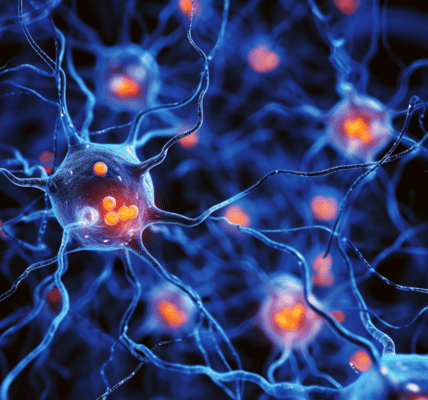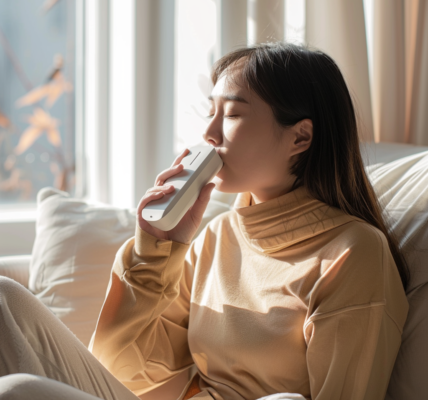Nerve stimulation combined with intense physical rehabilitation has shown promising results in helping stroke survivors regain movement in their arms and hands, according to a study presented at the American Stroke Association’s International Stroke Conference 2024. The research, conducted by Teresa J. Kimberley, Ph.D., a professor of rehabilitation science and physical therapy at MGH Institute of Health Professions in Boston, demonstrated the potential for significant advancements in stroke recovery.
The study, which focused on individuals with moderate to severe upper extremity impairment following a stroke, involved two groups of participants – a control group and an experimental group. Both groups underwent six weeks of in-clinic, intense rehabilitation paired with either active or sham vagus nerve stimulation. The participants were then implanted with the nerve stimulation device and randomized to receive either real nerve stimulation or a sham stimulation. Following the in-clinic therapy, all participants engaged in a three-month home exercise program. The active vagus nerve stimulation group continued the home exercise program for a year, while the control group crossed over and received six weeks of active vagus nerve stimulation followed by a year of the home exercise program.
The results of the study revealed that the combination of brain stimulation and rehabilitation therapy led to significant improvements in arm and hand function for stroke survivors. The study’s lead author, Teresa J. Kimberley, emphasized the significance of this finding, stating that it represents a watershed moment for rehabilitation science. Vagus nerve stimulation, the first approved neuromodulation device for aiding in chronic stroke recovery, was approved by the U.S. Food and Drug Administration in 2021 to treat moderate to severe upper extremity motor function deficits associated with chronic stroke.
The study’s findings offer hope for individuals who often experience stalled or declining recovery of arm and hand function following a stroke, which can significantly impact their independence and quality of life. The potential for brain stimulation combined with rehabilitation therapy to enhance the benefits of physical rehabilitation represents a significant advancement in stroke recovery and holds promise for addressing other impairments beyond the arm.
The study’s outcomes, assessed using the Fugl-Meyer Assessment-Upper Extremity, highlight the potential of this combined approach to improve motor function and overall quality of life for stroke survivors. The research, presented at the International Stroke Conference 2024, signifies a crucial step forward in the development of innovative treatments for stroke recovery and rehabilitation.





